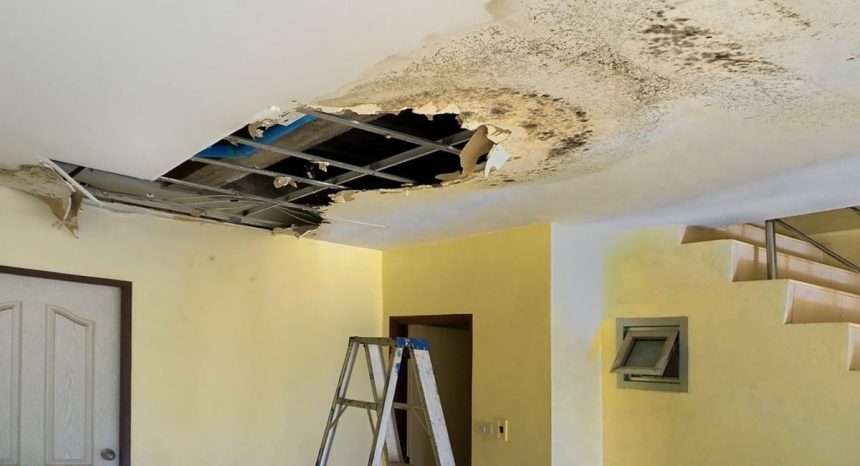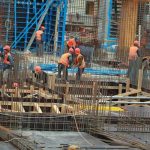Engineers are calling for changes to the National Construction Code (NCC) that could prevent the leading cause of defects in Aussie buildings – water leaks.
In the tens of thousands of apartments and commercial buildings across the country, water leaks are responsible for a whopping 80 – 90 per cent of defects and cost building owners and insurance companies up to 3 billion dollars every year.
But now Engineers Australia thinks they have cracked the code for maintaining structural safety and are calling on the industry to adopt four simple changes to NCC as soon as possible.
These would see buildings using gravity to collect, redirect and drain water (just like ancient Roman buildings), removing flat problem areas from balconies, roofs and basement floors that prevent drainage and designing concrete slabs so that they don’t interfere with drainage when they inevitably sag.
It would also be the first time managing underground water has been addressed in the code, with some guidelines proposed for outdoor concrete slabs.
These would include casting a slope of 1:80 falling to drainage outlets, a 70mm step down at sliding doors, a 70mm edge around the perimeter and 50mm edges at construction joints into the structure during construction and not after.
With so many apartment complexes hit with hefty fines for cracking defects and leaks in recent years, Engineers Australia member Michael van Koeverden said the changes couldn’t come soon enough.
“Urgent change is required to address building performance and leakage issues,” van Koeverden said.
“While membranes typically last 10-15 years, structural designs are intended to last 40-60 years. When membranes fail, the structure must continue to drain water.”
“The proposed changes to the NCC 2025 aim to address these issues by improving design and construction processes and enhancing collaboration among all parties involved in building projects.”
In March, NSW’s building watchdog handed a recently completed apartment building in Maroubra a sizeable list of 33 defects, forcing a slew of expensive repairs to start on the property to fix “excessive cracking” and water leaks.
According to the report, inadequate drainage on the building’s roof had seen large volumes of water found “ponding” in the common roof area and dodgy drainage outlets in some units causing an accumulation of excess water and water damage.
Department of Customer Service director of legal operations Elizabeth Stewart gave Maroubra Living Pty Ltd up to four months to fix the defects to ensure the building meets compliance standards.
“I accept that this order requires considerable further building works and actions that are likely to be costly,” Ms Stewart said in the order.
“However, the cost to the developer must be balanced against the benefit to the owners and occupiers of the development in having the development constructed according to approved plans, the Building Code of Australia and Australian standards.”
With the changes expected to shave down construction times, Engineers Australia chief executive Romilly Madew said changing the code could also help address the housing supply demand.
“Engineers Australia is advocating for the proposed changes to the NCC 2025,” Madew said.
“Engineers are critical to delivering resilient and safe buildings, and we cannot meet Australia’s unprecedented housing demand without addressing the challenges facing the industry.
“Improving standards is a responsibility that spans the entire industry, including builders, architects, developers, and designers.”







